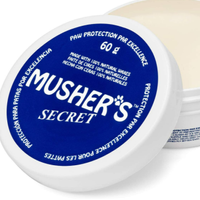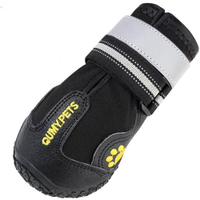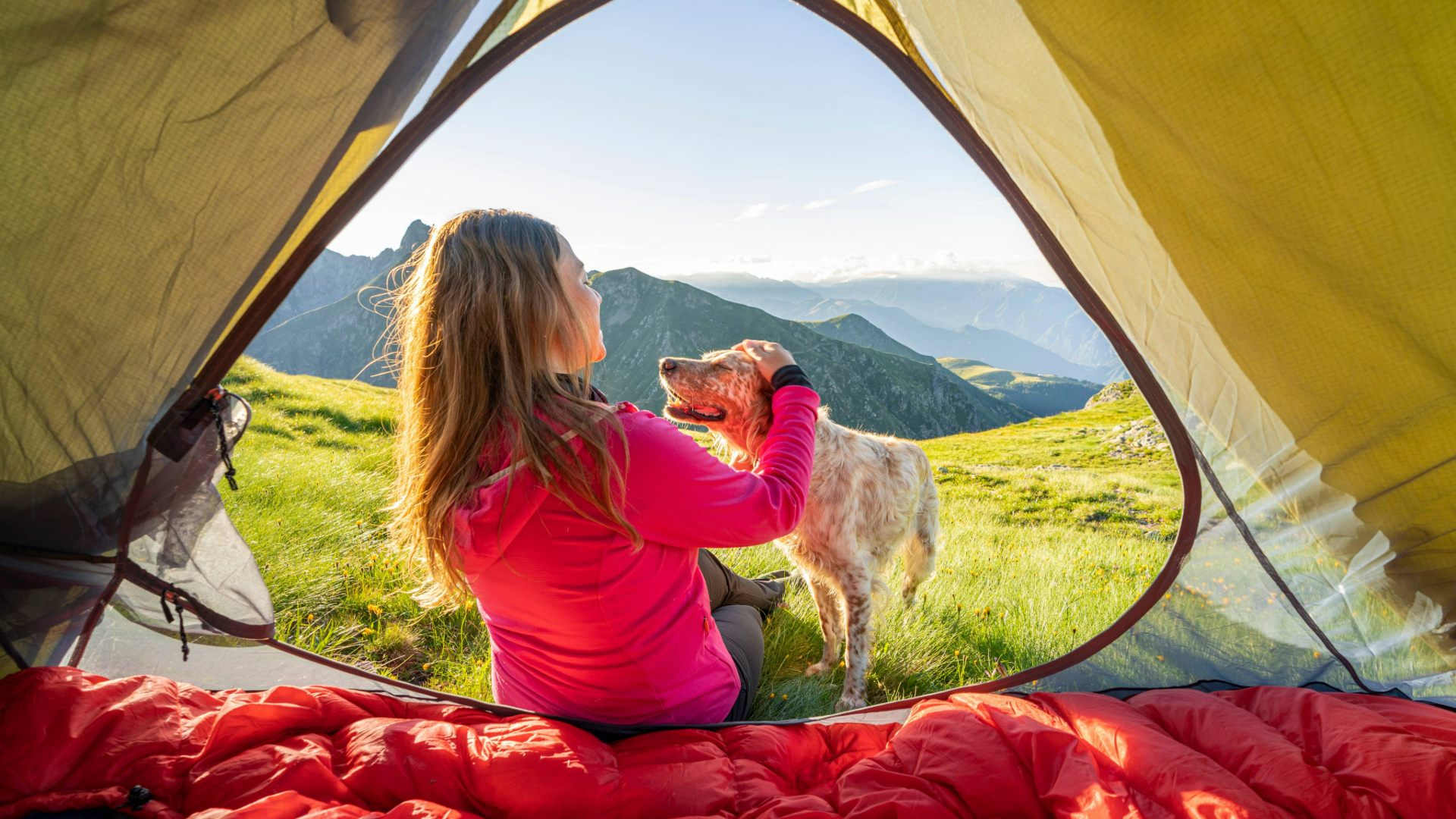How to protect dog paws from the cold in winter
From boots to balms, it’s easier than you might think to protect dog paws in the cold weather
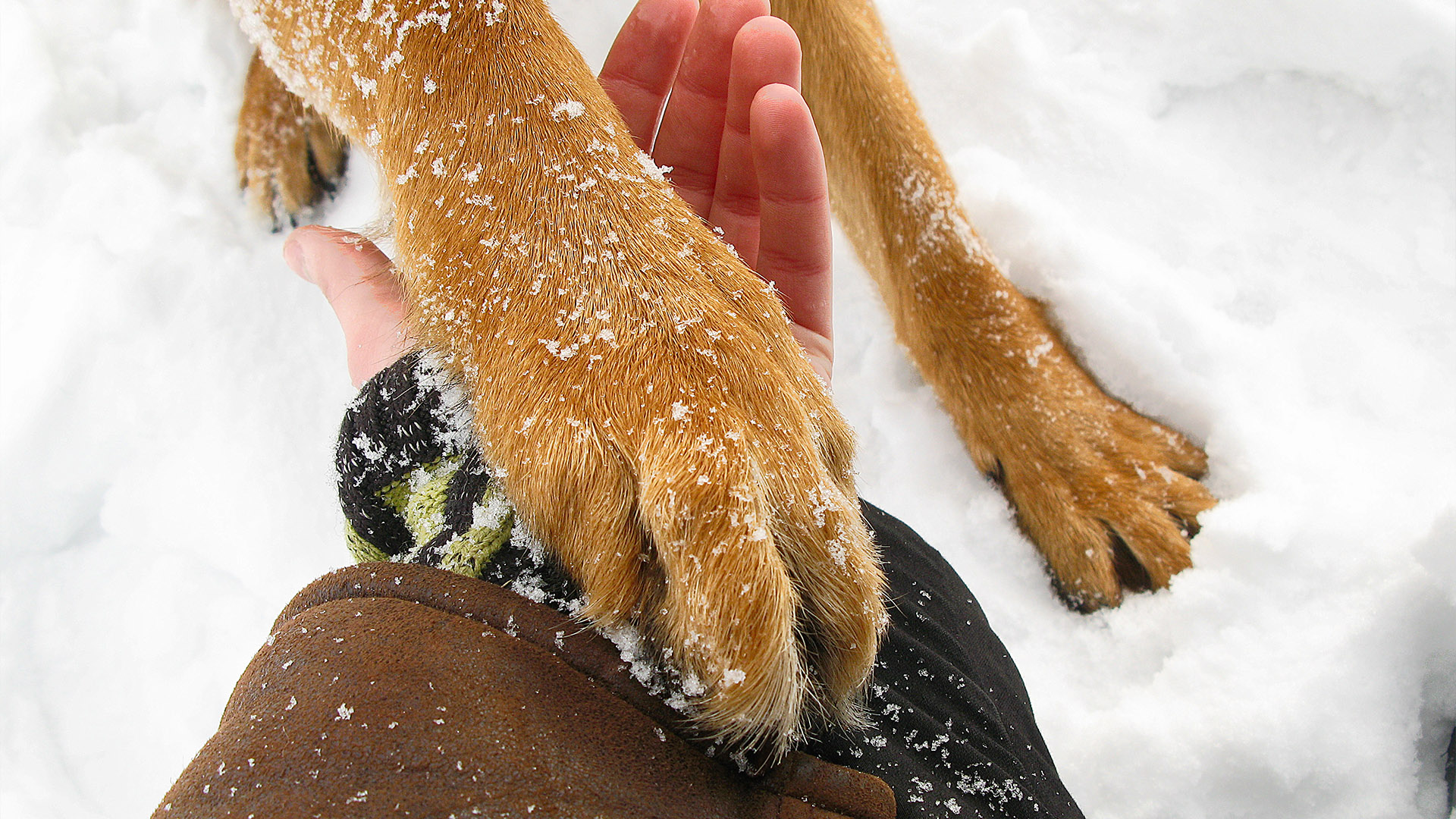
When you’re walking your dog in cold weather, you may have found yourself wondering how you can protect their paws in the winter because there’s going to be a limit with how much cold, wet and ice they can cope with.
Worrying about the effects the snow and ice can have on their paws is one of the reasons many dog owners ask what temperature is too cold to walk a dog?
As Aimee Warner, veterinary surgeon at pet insurance experts Waggel, says, “Dogs face several challenges during winter walks that we may not immediately consider. One major concern is paw protection. Unlike humans who can wear boots, dog paws are directly exposed to the elements. Ice, snow, and salt can irritate or damage their paw pads.”
So, if you’d like to know how to keep your dog’s paws safe in the winter, we have some advice from Warner and vet Dr Rebecca MacMillan to help you help your dog cope with the weather.
How to care for dog’s paws in winter
“The tough pads on dogs’ paws mean that their feet are pretty well protected,” begins Dr MacMillan. “However, some dog breeds are better adapted to winter weather than others.”
Some dogs, like Siberian Huskies, Burnese Mountain Dogs, and Alaskan Malamutes are much better suited to the cold with their larger size and thicker coats, but smaller dogs and those with shorter coats may struggle more.
And, as Dr MacMillan says, “During extremely cold snaps, you may want to think about taking a few extra measures to look after your dog’s paws.”
PetsRadar Newsletter
Get the best advice, tips and top tech for your beloved Pets
When your dog’s been outside, ensure that there’s no snow or ice that’s been compacted between their paws, and wash their feet after they’ve been on salted roads or paths.
“Applying a paw wax creates a protective barrier and is a cheap and easy hack if you're not sure where to start,” suggests Warner. “You can even make your own balm at home by melting equal parts beeswax, coconut oil, and shea butter, then letting it cool before applying.”
Musher's Secret Dog Paw Wax | Amazon
Moisturizing, healing and all-natural this butter is perfect for dry, itchy, and irritated paws. It absorbs quickly for fast relief.
She suggests that plain coconut oil can also work in a pinch, given its soothing properties, which could offer relief to dry or cracked paws as well as a light barrier against the conditions. Waxes and balms help keep your dog’s skin supple and reduce cracks, too.
However, if you use a balm, you should ensure that your dogs don’t lick their paws. The consumption of any paw balm could be harmful, though the risk increases with larger amounts.
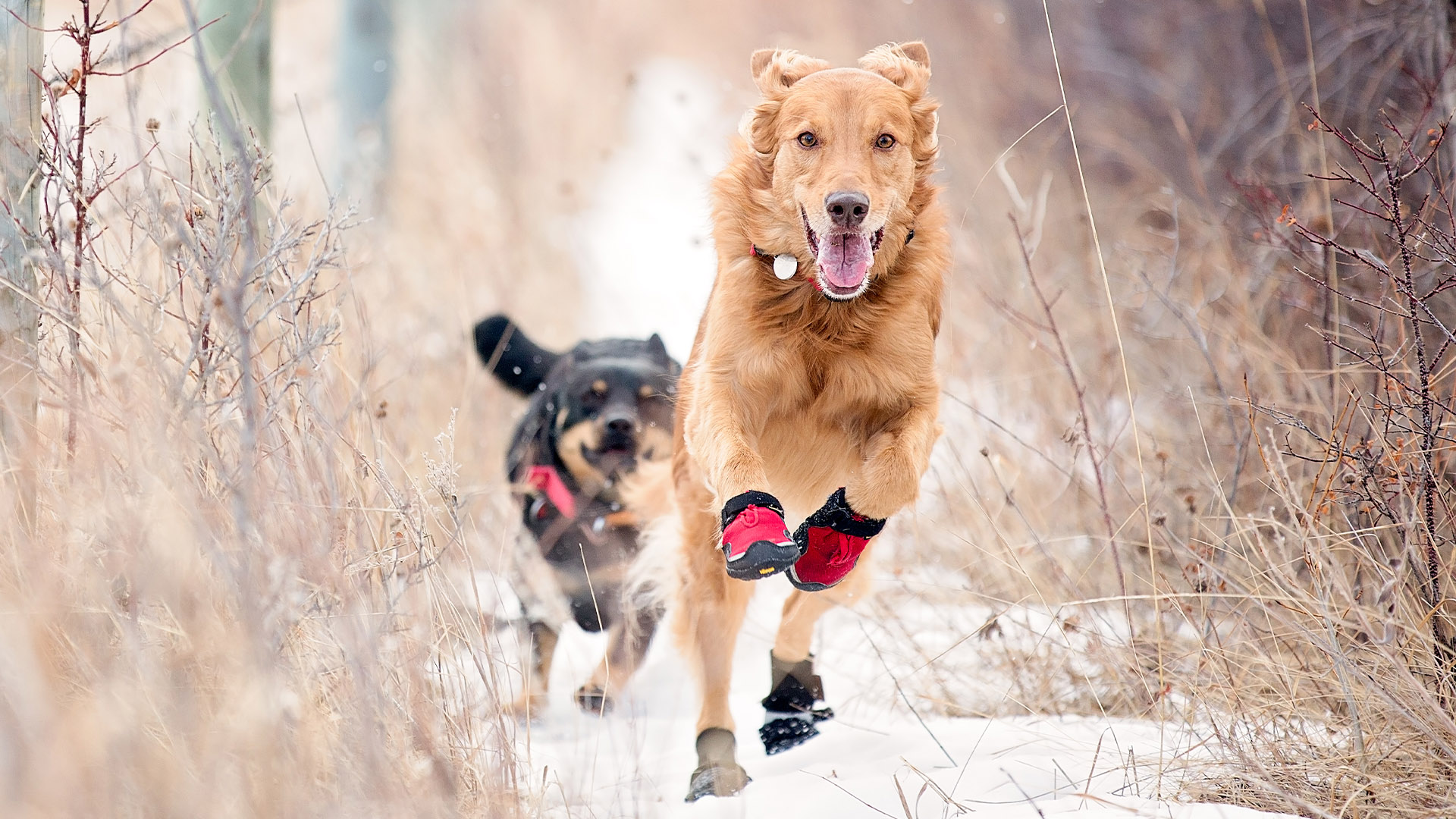
Can dogs wear boots or shoes?
Using dog boots might be the best thing you can do to protect your pup’s paws in the winter, keeping them comfortable and protected from cold-related injuries too – they’re a great way to help keep a dog warm outside.
“Paw balm can be helpful for some dogs, but it is not an alternative to wearing boots, as it will not provide protection against extremes of temperature,” says Dr MacMillan.
“There are a variety of different products out there, so you may need to investigate the best one for your dog’s needs,” she recommends. “Ideally, choose something waterproof and made from durable material. Your dog will need gradual positive reinforcement training if they have never worn boots before, so take things slowly and practice at home before going out for a walk in them.”
Remember, too, that it could take some time for your dog to get used to wearing them, particularly if they aren’t used to footwear, so do your best to be patient.
With 33,000+ ratings on Amazon, these boots have a tough anti-slip sole to provide stability and traction, protection from thorns and hot/cold heat extremes. The adjustable boots are available in eight sizes and seven color options.
Keeping paws healthy
It’s important to keep an eye on your dog’s paws no matter the weather or time of year, says Dr MacMillan. She advises, “Inspect them regularly for signs of injury or discomfort. If you suspect, there might be a problem then get your dog examined by your vet.”
If your dog has a medium or thick coat, it might be a good idea to keep the fur that grows between their paw pads trimmed, too, to help prevent matting, give them more traction when it’s slippery, and also help prevent ice from building up when it’s snowy.
You can find out more about how to moisturize a dog’s paw here, while here’s some guidance on how to clean paws. Just remember not to overdo things. If your dog’s paw pads are soft already, moisturizing them could mean that they become more susceptible to tearing or ripping when they walk on rough or damp surfaces.
Protecting your dog in the cold
If you’re concerned about protecting your dog’s paws, it might be a good idea to look at some other ways to help keep your pup safe in the cold.
Warner recommends adding a light to your dog’s collar (like this one on Amazon) if there’s a lot of snow or fog, as reduced visibility can make it harder for us to keep track of our pups – and could disorient them too.
Be sure to keep your dog hydrated, too, and keep in mind that walking in tricky weather conditions can use more energy than walking in milder temperatures, so it’s important to keep an eye out for fatigue and exhaustion in your pup.
And remember, dogs can get hypothermia in very cold conditions just like humans – and dogs can lose heat through their paw pads. If you’re concerned that your dog could be at risk of hypothermia, why not get them to wear one of the best dog coats alongside their boots?
“Signs of hypothermia in dogs include shivering, lethargy, weakness, and slowed breathing,” says Warner. “Frostbite can affect the ears, tail, paws, and other extremities, and signs of frostbite in dogs include pale or grey skin, coldness to the touch, and blisters or open sores.”
If you’re concerned about either hypothermia or frostbite, speak to your vet right away. In the meantime, it’s best not to rub the areas affected, as this could damage them further, but warm your dog with blankets gently.
Meanwhile, how cold is too cold for dogs in winter? And find out what our expert vet thinks on the subject ‘Do dogs need coats?’

Dr MacMillan is a companion animal vet who has always had a passion for writing and client communication. She works in the south west of England and loves complex medical cases.

Adam is a freelance journalist specialising in pets, music and culture, and mental health and wellbeing. He investigates and writes the large majority of news on PetsRadar, and collaborates with veterinary experts to produce informative pet care content.
Adam has a journalism degree from Southampton Solent University and a masters degree in Magazine Journalism from Cardiff University. He was previously senior editor at dog advice website DogTime.com, and has also written for The Independent, GoodToKnow and Healthline.
He owns two rescue cats, Bunny and Dougie, and has also previously had a rabbit, fish and Roborovski dwarf hamsters.
